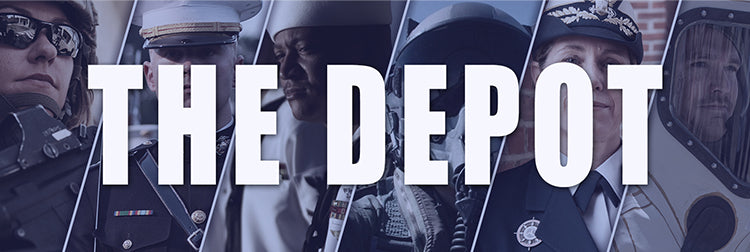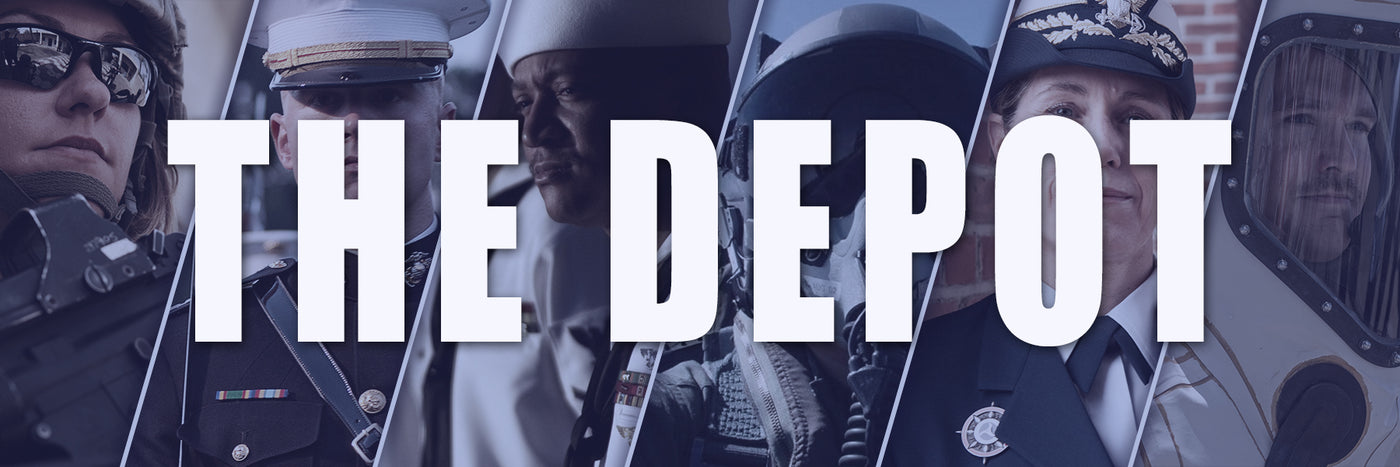
Purple Heart Recipients: 8 Men Who Earned the Most Purple Hearts
The Purple Heart is one of those military awards that most military members would be proud to receive, however, it isn’t an award anyone in uniform necessarily wants, because to...
Blog Staff |




